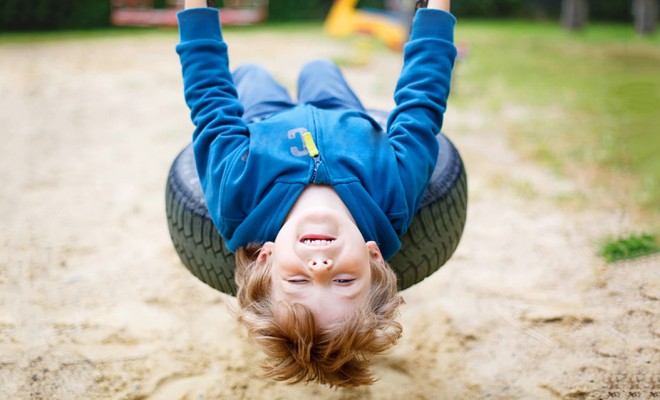
Child Development
Playing & Learning Outdoors
Setting the Scene
‘All my life through, the new sights of Nature made me rejoice like a child’ – (Marie Curie, scientist)
Every parent knows that even the youngest children are ‘born explorers’ of the wide world and generally want to treat any environment as an unbounded resource. Arguably, this curiosity and fascination reaches its height with the lure of the outdoors, when tiny toddlers seem to experience a primeval urge to be outside whatever the weather, utterly convinced the unexplored grass will be greener, if only they could just get out there.
According to a study conducted by Dr William Bird, commissioned by the RSPB and Natural England, there is indeed a scientific explanation for such impulses. Scientists term this feeling ‘biophilia’, which is described as:
‘an evolutionary theory defined as “the innately emotional affiliation of human beings to other living organisms …” It is proposed to be a genetic sequence that has been programmed over one million years of evolution to respond positively to natural environments to help us survive and thrive. The theory proposes that even now we are attracted to these environments where we feel more content and function more effectively.’ (Bird, 2007)
Bird also identifies two further ‘restorative’ factors to explain the positive, transformative effect exposure to natural green environments has on all human beings. These are: the brain benefits which stem from ‘indirect attention’ a phenomena which occurs when our fascination and wonder renders brain-focussing almost effortless; and the measurable, stress-reducing ‘recovery reflex’ which begins within moments of our exposure to nature. All three advantages, the survey suggests, are the result of our evolutionary history which means we are indeed genetically programmed to respond to nature and green spaces in this way.
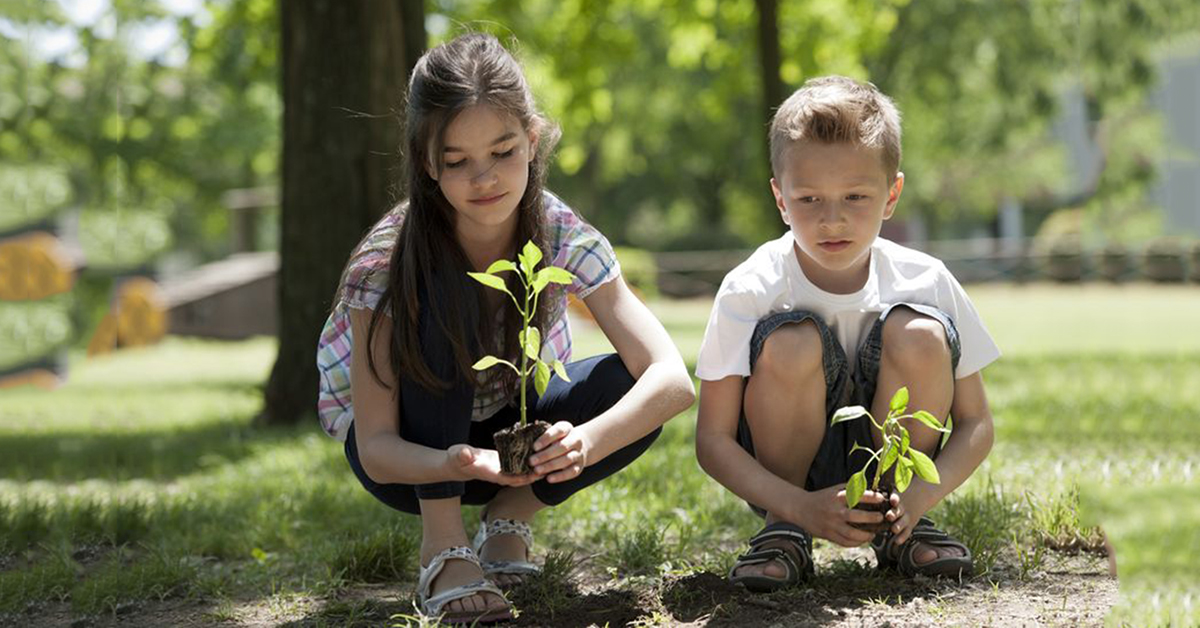
Outdoor learning over time
The beneficial effects of outdoor play and learning during childhood have, of course, been known for thousands of years. However, as the timeline at Figure 1.1 shows, it has taken the determined efforts of many different campaigning theorists and educators to ensure many of today’s early years children now enjoy regular access to an ‘outdoor classroom’. Tracing the progress and contributions made over time, it’s possible to see how modern outdoor play and learning has been shaped by, for instance, the emergence of Froebel’s kindergartens with their child-sized play equipment and nature-garden focus; the development of Montessori’s accent on child autonomy and structured materials; McMillan’s full commitment to classrooms ‘roofed only by the sky’; Isaacs’ skilful development of children’s curiosity as a learning tool; and Allen’s trailblazing work on adventure play areas and disabled access.
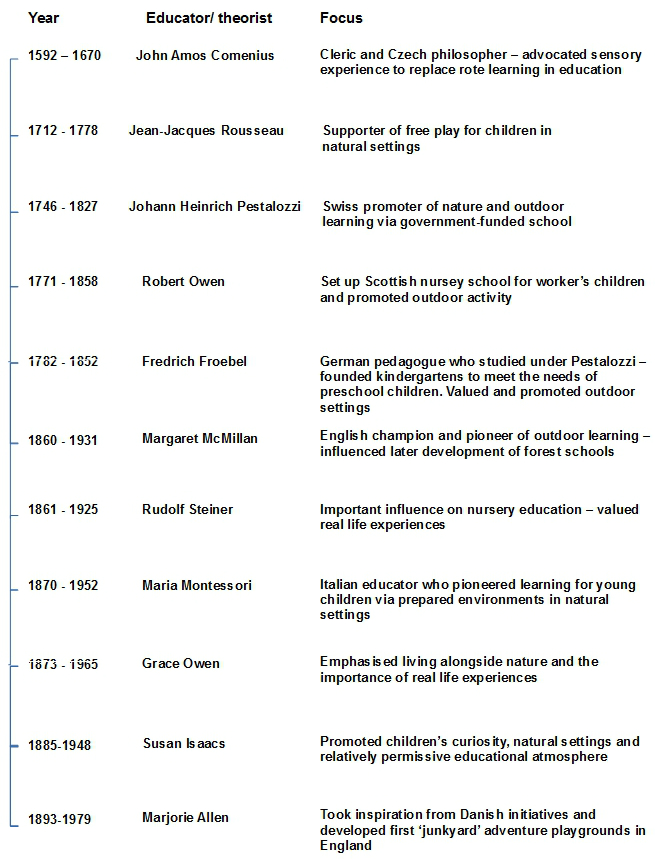
Figure 1.1 Outdoor play and learning: an historical perspective
The concept of a ‘nature deficit’
Given that scientists, educationalists and modern parents clearly understand the gains to be had from letting children loose in natural landscapes, it is tempting to ask why there is any need at all to promote such activities. But regrettably, our enlightened understanding of the desirable effects of exposure to nature on child development is no guarantee we can avoid the constraints our modern society has managed to impose on those parents simply trying to allow their children to flourish and be the best they can be.
Richard Louv, American author of ‘Last Child in the Woods’ (Louv, 2005), used the phrase ‘nature deficit’ in his book to quantify the extent to which modern living has alienated humans from their natural-world heritage, and at what cost. This theme has become a recurring motif among green-education activists, with author and adventurer Ben Fogle noting that a 2014 survey showed 26% of UK children play outside for less than 30 minutes each week (Carter, 2014); and film-maker David Bond, whose documentary ‘Project Wild Thing’ tracks the declining influence of nature in childhood experience, listing what he believes are the elements of ‘a perfect storm stopping children roaming free’:
‘Irrational fears about risks, rational concerns about traffic, stricter policing of private land and loss of derelict spaces, the rise of computers and social media and the commercialisation of play.’ (Barkham, 2013).
Defining The Outdoor Classroom – Download Free eBook
As a consequence, there are real concerns that this cultural shift means modern children who lack the opportunity to play freely outdoors (and sometimes unsupervised) may never learn to exercise self-control or grow to become risk-wise adults, and are unlikely to develop a respect for nature. Authors Laird & McFarland-Piazza (2014) spell out just what is at stake:
‘By keeping our children locked up inside, we’re basically conducting a large uncontrolled experiment on our own kids where the consequences are unclear.’
What the ‘outside’ does best
With human instinct, backed by scientific knowledge, helping us all to realise where our preschoolers seem most happy and healthy, many authors and institutions have sought to identify the primary benefits of an optimum early years outdoor setting. White (2008), for example, has offered an extensive description – from which the illustration in Figure 1.2 has been derived – which highlights the qualities and experiences available to early years children who have access to high-quality play and learning outdoors.
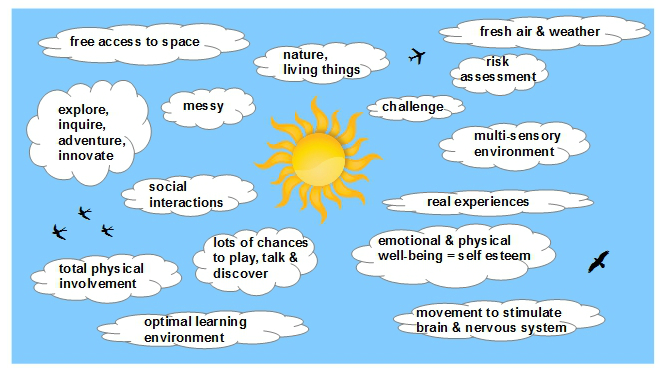
Figure 1.2 Potential benefits of outdoor play and learning -(Inspired by White, 2008)
Offering his own personal outdoor-play recipe, playworker Adrian Voce, a respected consultant on public provision for children’s play and a founding director of Play England, clearly shares White’s priorities and feels that authentic children’s play is ‘as vibrant and alive as humanity gets’
‘I think children should be in supportive environments where they feel safe and secure enough to be themselves … to explore, invent, manipulate and discover. [They should have] access to the elements, a wide range of loose parts and materials … and opportunities to climb, hide, build, jump, balance, swing and all the other things a playful child wants to do … their playful nature will do the rest.’
The components of an outdoor classroom
According to Jennings (2014), the essential ingredients of an effective outdoor classroom can be reduced to the four fundamental elements shown in Figure 1.3. These are deceptively simple to jot down, but the secret – as always – is to understand their significance for outdoor play and learning, and organise them wisely:
‘Time’ here implies that, as far as possible, children must have enough time to explore and play in such a way that outcomes (planned or otherwise) occur naturally and never feel rushed or abandoned in full flow – a skilful management task.
‘Activities’ suggests there should be a range of suitable alternatives so every participant can find something which will absorb and engage them. No one should feel marginalised.
‘Child-directed play’ surely means the type of play activity where adults take a back seat, appearing only if, as and when a child decides there is some role they might undertake. Here, it’s often best to just ‘forget’ you are an adult.
‘Nature’ specifically focuses on the child’s connection with natural elements. It is, of course, important to note that the way a child responds to, and interacts with, novel elements of the natural world will often be a truly mesmeric experience which must never be diluted by unwarranted adult intervention.
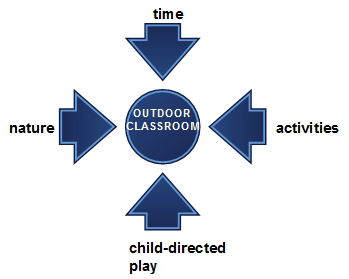
Figure 1.3 Outdoor classroom components– (Inspired by Jennings, 2014)
Hosted by the national school grounds charity Learning through Landscapes (LTL, other practitioners and bodies have offered a more comprehensive description of ideal settings for outdoor play and learning in the collaborative Visions and Values document outlining what optimum early years outdoor provision might look like. In essence this statement details what LTL and its early years partners see as gold-standard, best-practice to realise and effect the transformation of children, spaces and learning. Figure 1.4 captures and condenses some of the key elements they advocate to achieve this aim:
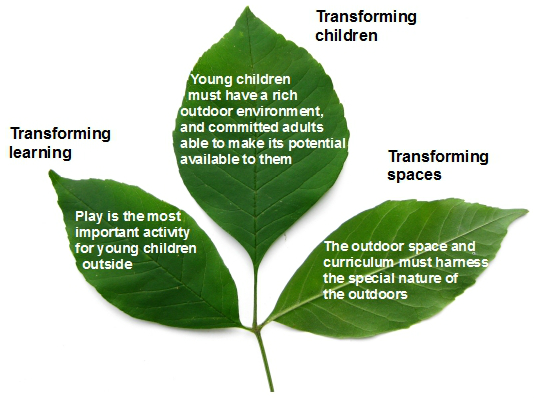
Figure 1.4 Visions & Values – (Inspired by Learning through Landscapes, 2004)
Why outdoor education matters
The well-being of future generations, and perhaps even the future of our planet, is daily influenced by the childcare practices we adopt now. Our children will need the maturity, flexibility and foresight to steer a course through a new world we cannot yet imagine, and solve problems not yet apparent. A closing comment from the RSPB’s Dr Bird shows we cannot afford to be complacent:
As children are gradually separated from nature they will understand it less. A study from the University of Cambridge (Balmford et al., 2002) compared knowledge of Pokémon card characters with British wildlife (pictures of badgers, beetles, oak trees etc.). The study found that 53% of 8-year-olds were successful in identifying wildlife, but more children (78%) were able to identify Pokémon characters. The fact that children’s knowledge of fictional species is greater than natural species shows a huge capacity for learning in children … but a failure to offer children education about their own natural surroundings.’ (Bird, 2007).
References


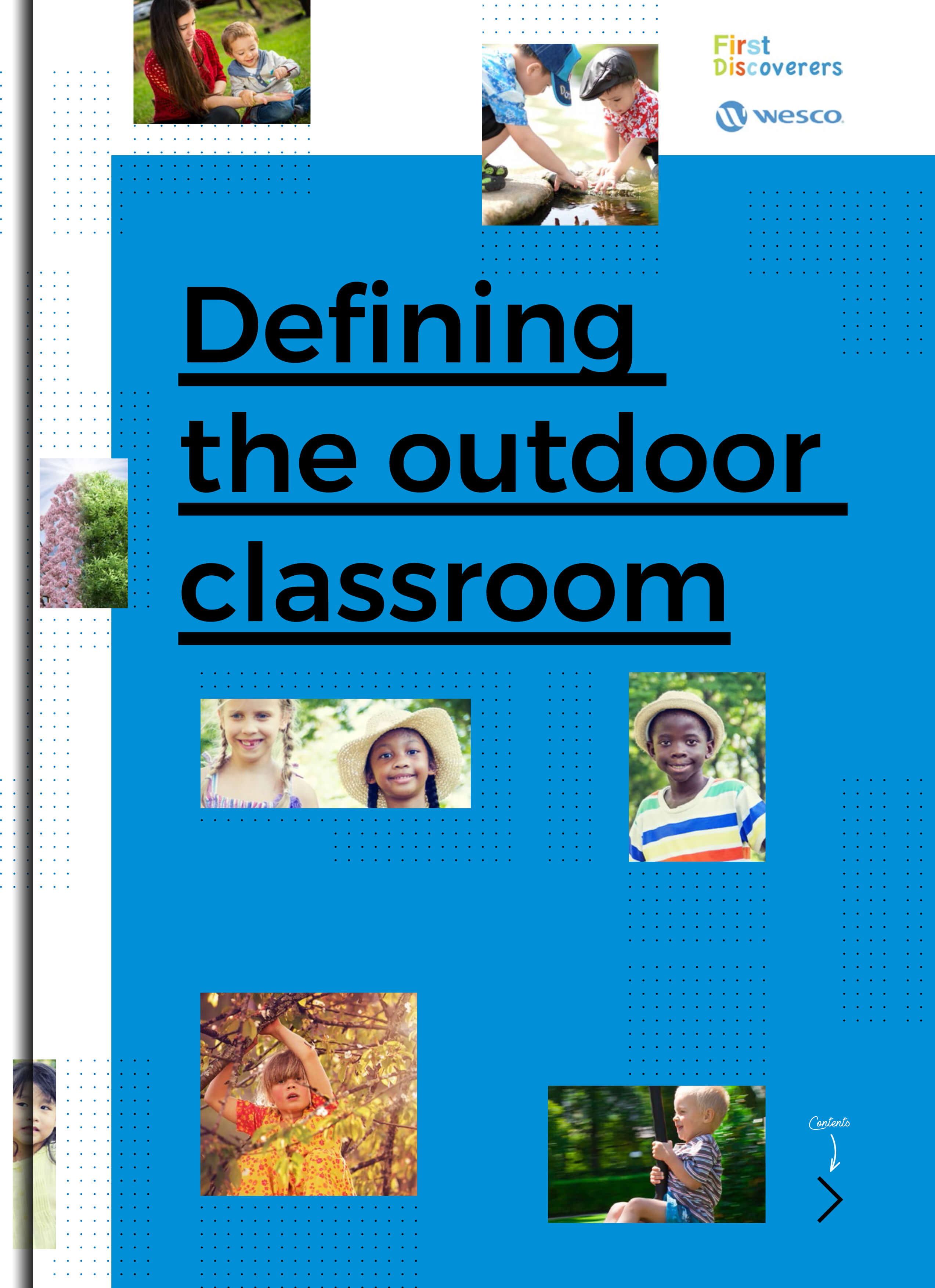
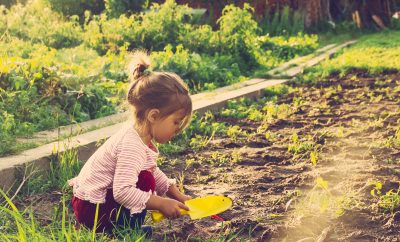
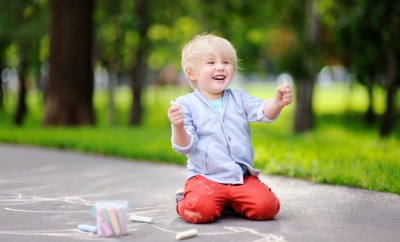
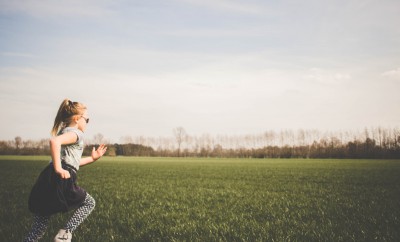

You must be logged in to post a comment Login